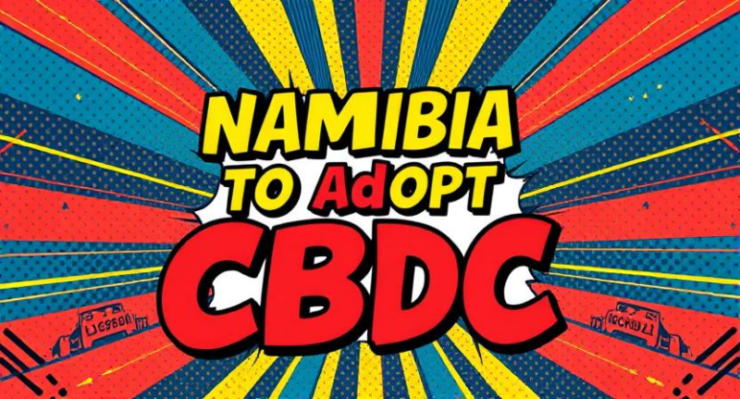Namibia is advancing its plans for a retail central bank digital currency (CBDC), undeterred by warnings from the International Monetary Fund (IMF). The Bank of Namibia (BoN) is currently in the “preparation phase” of the digital Namibian dollar project, with a focus on financial inclusion and cross-border payments, according to Kazembire Zemburuka, the bank’s director for international relations.
The central bank is examining the feasibility of retail and wholesale CBDCs, assessing their risks, potential challenges, and key features that Namibians desire. BoN engages with various stakeholders, including the IMF, as part of this effort. However, the Washington-based financial institution has doubts about the project’s viability.
IMF Criticism and Recommendations
The IMF has urged Namibia to reconsider its pursuit of a digital currency, stating that existing digital payment solutions could address financial inclusion and interoperability more effectively.
A mission conducted by the IMF in January found little justification for issuing a retail CBDC at this stage, recommending against moving beyond a proof-of-concept until the tangible benefits of such a system become clear.
“As the mission did not find a strong support for rCBDC issuance to address gaps in payments, it recommends against pursuing advanced technological exploration beyond proof-of-concept until tangible benefits of CBDC for payments are evident,”
the IMF report stated.
The IMF also emphasized that major financial institutions in Namibia are already investing in instant payment solutions (IPS), leaving little room for additional resources to support a CBDC.
It advised the government to improve digital infrastructure and financial literacy instead, noting that these are the primary obstacles to financial inclusion in the country.
“Similarly, the case for a retail CBDC to improve financial inclusion will also depend on addressing common root causes of financial exclusion. The features of openness, programmability, and offline payments could enhance accessibility and affordability of digital financial services. Nevertheless, root causes of financial exclusion, such as inadequate infrastructure and low financial literacy, must still be addressed even in the presence of a retail CBDC,”
the IMF report stated.
BoN’s Justification for Moving Forward
Despite these concerns, BoN remains committed to exploring CBDCs as a digital payment option. Zemburuka acknowledged the challenges, including integrating a digital currency with existing payment systems like NamPay and IPS. However, he asserted that the project could still deliver meaningful benefits to Namibians.
“Despite challenges, like integrating CBDC with NamPay and IPS, BoN views CBDC as a valuable digital payment option. The bank is committed to addressing macro-financial risks related to liquidity, market rates, and foreign exchange reserves,”
Zemburuka said.
Beyond the IMF’s involvement, BoN is working with regional partners, including the South African Reserve Bank and the Bank of Lesotho, to explore the role of CBDCs in cross-border payments. This collaboration is part of a broader effort by the Southern African Customs Union (SACU) countries to evaluate the potential of digital currencies in the region.
Regional Context and Global Comparisons
Namibia is not alone in its exploration of CBDCs. Other African nations have been considering similar projects, though with mixed results. Following extensive research and testing, Ghana is expected to launch its digital cedi later this year. Nigeria, which launched its eNaira in 2021, has struggled with poor adoption rates, prompting other nations to tread cautiously.
For Namibia, the decision to move forward with the digital dollar project comes as the government grapples with financial inclusion challenges, limited access to digital infrastructure, and high transaction costs.
The IMF has advised BoN to conduct further macro-financial analyses and collaborate with Common Monetary Area (CMA) central banks before advancing beyond preliminary research.
“Finally, should the Bank of Namibia decide to issue a retail CBDC, further efforts will be necessary to improve foundational requirements. Regarding institutional capacity, the Bank of Namibia should continue to learn and develop internal expertise in retail CBDCs and actively participate in international CBDC forums. In terms of resources, the Bank of Namibia should ensure that the financial and human resources allocated for the retail CBDC project do not hinder existing or more urgent reform initiatives,” the IMF stated





